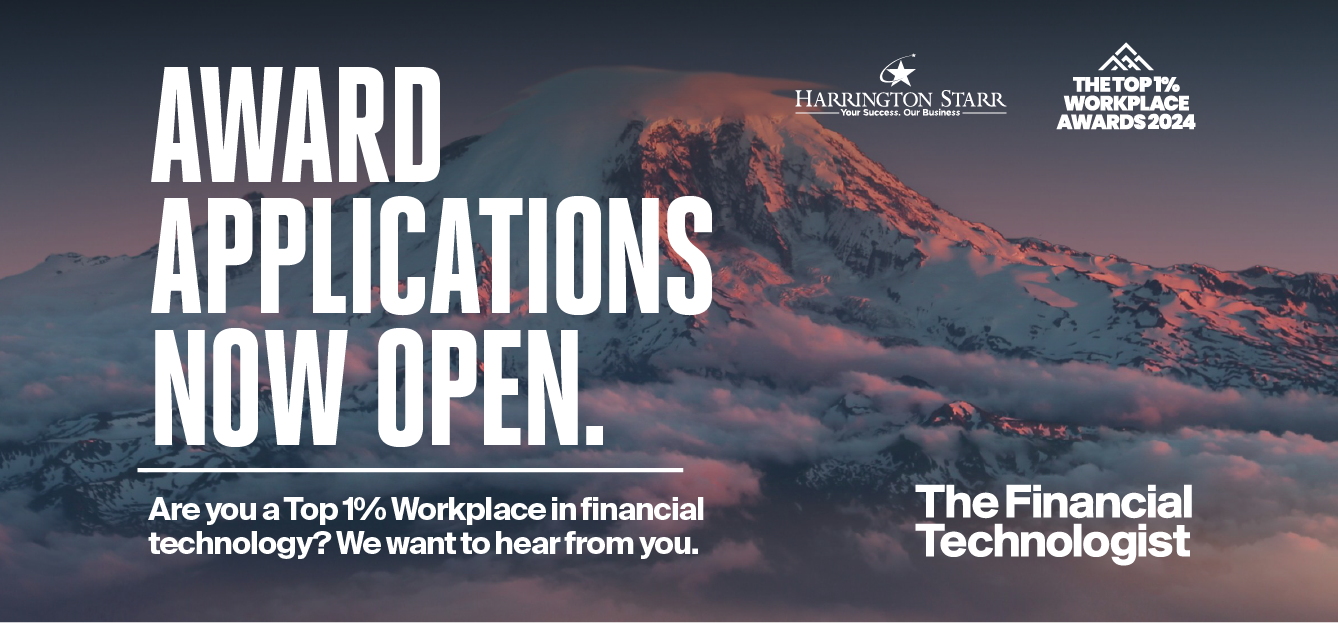To understand the importance of Web3 it’s helpful to give it some historical context. Web1 occurred in the 90s, essentially the beginning of the internet, largely static pages of information but with cripplingly slow dial-up internet speeds this had limited application in real life. Then from the early 2000s until now, we’ve been living in the Web2 era, characterised by social media companies dictating our use of the internet, and defining how and what we interact with. Finally, we have entered Web3, at its core, this uses blockchains, cryptocurrencies and NFTs to give power back to users in the form of ownership. Before Web3, users and builders had to choose between the limited functionality of Web1 or the corporate, centralized model of Web2. Web3 offers a new way that combines the best aspects of the previous eras. It’s very early in this movement and yet a great time to get involved.
Instead of large swathes of the internet controlled and owned by centralized entities, ownership gets distributed amongst its builders and users. Everyone has equal access to participate in Web3, it uses cryptocurrency for spending and sending money online instead of relying on the outdated infrastructure of banks and payment processors. It operates using incentives and economic mechanisms instead of relying on trusted third parties. For any sort of decentralized communication, commerce, or collaboration of any type, we need a reliable, persistent identity providing a single login across all platforms.
Where did NFTs come from?
Let’s go back to October 2008 – 13.5 years ago - when Bitcoin was born – note this was released one month after Lehmans collapsed in September 2008. The pseudonymous author Satoshi Nakamoto wrote the seminal whitepaper about Bitcoin.Then in 2014 Vitalik Buterin founded Ethereum, the main difference to bitcoin is that Ethereum is programmable, and the smart contract was born. At this point tokens were fungible. Fungible means you can swap out one thing for another, or it’s mutually interchangeable, like a £10 note for example. In 2018, William Entriken put forward an improvement proposal and the ERC721 token – or non-fungible token - was born. The game crypto kitties were the genesis of NFTs. Crypto kitties were made by Dapper Labs which is now one of the biggest NFT companies worth $8bln.
Financial services use cases
So far NFTs have really only seen product market fit in digital art and collectables. Some of the other uses focus on authenticity and uniqueness, for example, real estate transactions, medical records, academic credentials, event tickets and supply chain. But if you get beyond this hype there are clear new business models emerging.
We’ve seen DeFi or decentralised finance taking a battering recently due to the fallout from stablecoin and then highly leveraged crypto trading firms taking a hit – aka the 2008 credit crunch. However, decentralised exchanges or DEXs like Uniswap have weathered the storm. Uniswap is the largest DEX on which anyone can show up with a wallet and trade any pair of tokens against each other, permissionlessly, without going through a central party or moving through a central order book. Uniswap announced last month that it had passed $1 trillion in volume in just three years.
Let’s explore some of the other use cases emrging.
Market Data
Sam Bankman Fried, worth $20bln and the youngest billionaire in the world, made his money through crytpo. As a former high frequency Jane Street trader, he collaborated with high trading firms and market makers to create the Pyth network, a free market data feed based on the Solana blockchain with market makers earning tokens when contributing prices.With crypto exchanges it’s worth noting that their revenue dwarfs traditional finance. Binance revenue last year was $14.6bln, versus $3-5bln for CME and Deutsche Borse
Data
The Ocean Protocol creates NFTs based on data and then provides access rights via fractionalizing ownership through tokens. This can be applied to OTC market data. Data NFTs and data lineage is an area ipushpull is readily developing in our roadmap.
Pre-trade negotiation
Some 80% of OTC pre-trade negotiation is data that is lost through manual chat, voice or email. ipushpull is looking at creating NFTs at the initiation of an RFQ with a unique identifier so that each part of a negotiation is recorded on a chain, ensuring the entire trade lifecycle is on a chain.
These are just a few of the use cases emerging. It’s just the beginning of the Web3 era, but already there are tangible signs the advances, and benefits, this will have for our industry.
